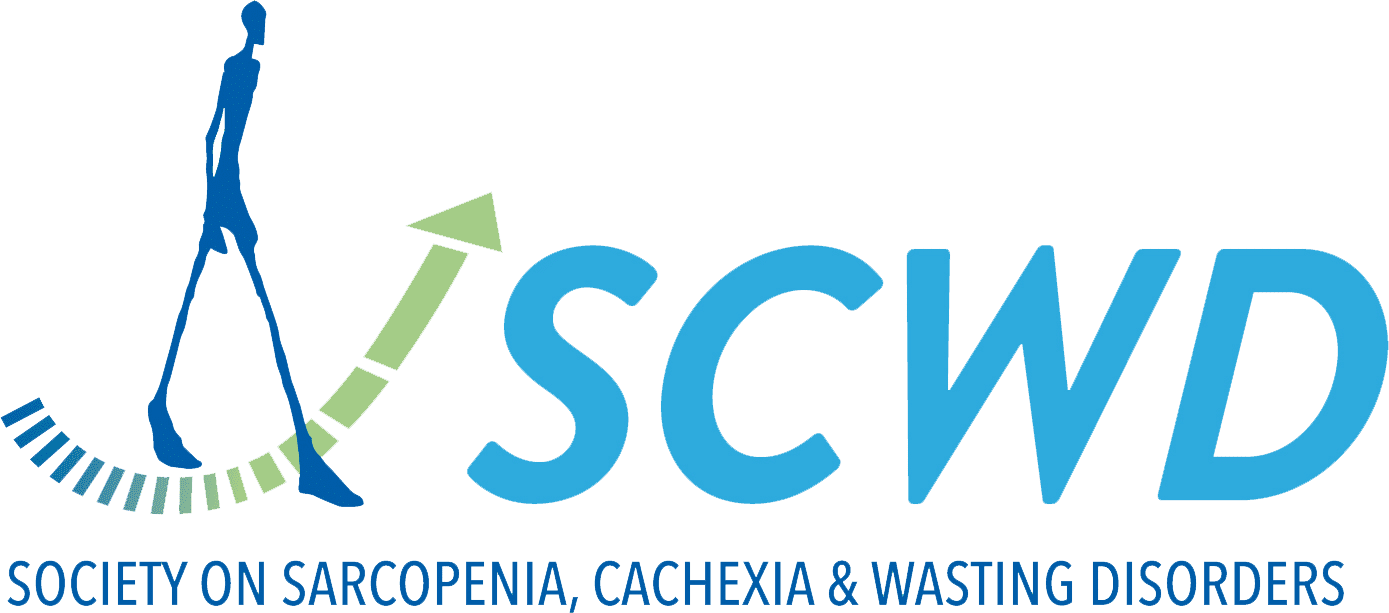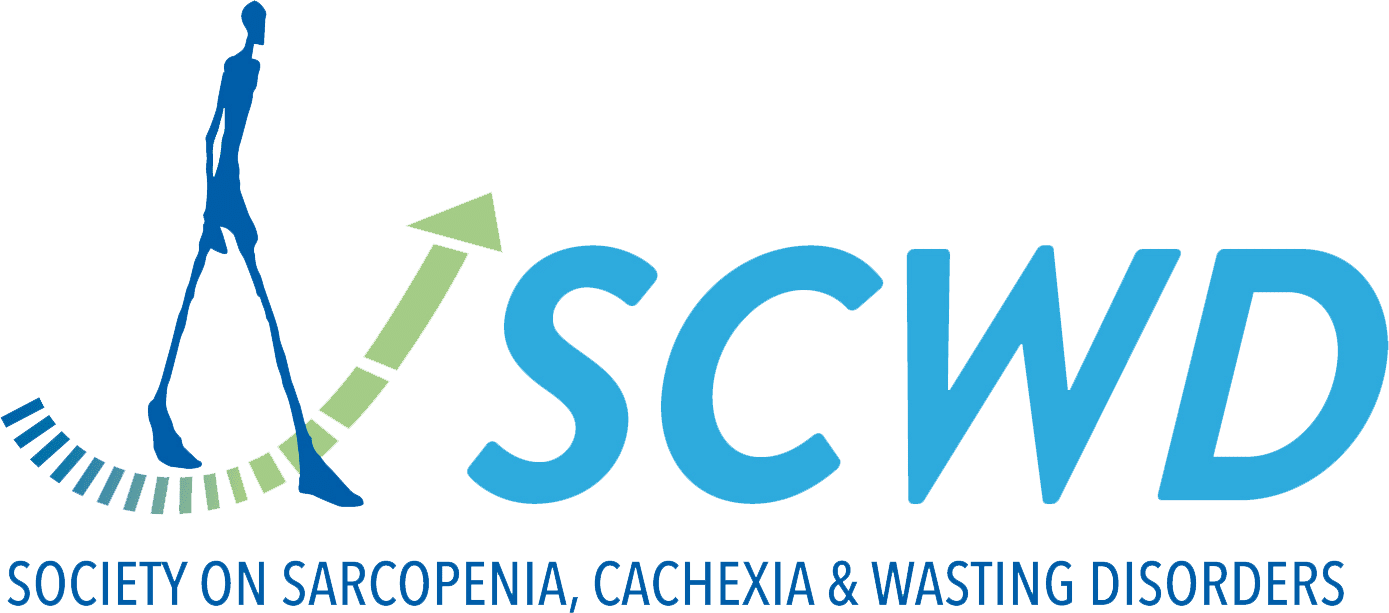Multiomics and cellular senescence profiling of aging human skeletal muscle uncovers Maraviroc as a senotherapeutic approach for sarcopenia.
Cellular senescence is a hallmark of organismal aging but how it drives aging in human tissues is not fully understood. Here we leverage single nucleus multiomics to profile senescence in mononucleated cells of human skeletal muscle and provide the first...


